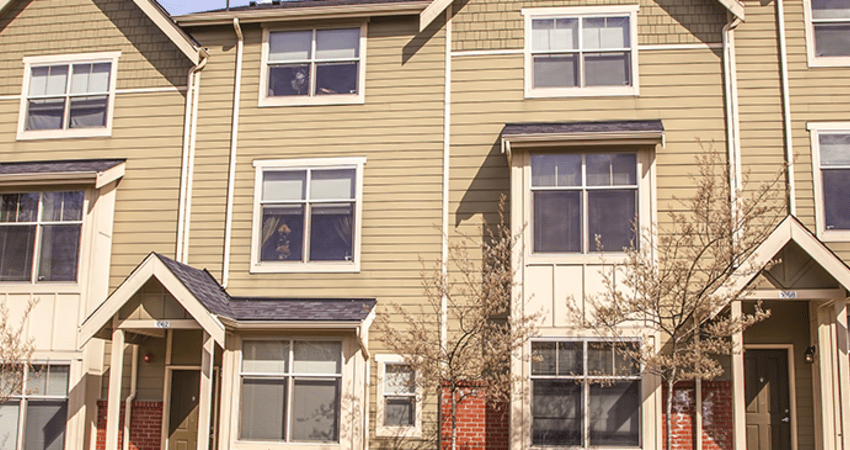
How Affordable Housing Benefits Low-Income Neighborhoods
- Title:
- How Affordable Housing Benefits Low-Income Neighborhoods
- Author:
-
Rebecca Diamond, Timothy McQuade
- Source:
- Publication Date:
-
2016
Opposition to low-income housing is common, yet misplaced, according to research by Rebecca Diamond and Timothy McQuade of Stanford Business School. Using data from 129 counties in 15 states, the researchers evaluated the impact of Low-Income Housing Tax Credit (LIHTC) construction on home prices within 0.1 miles of the site and then explored possible explanations the change. The data sources included Census data on neighborhood demographics, public records data compiled by DataQuick on housing characteristics and transactions, Home Mortgage Disclosure Act (HMDA) data on the race and household income of home buyers, HUD data on LIHTC properties, and local crime statistics.
Major findings:
- The effect of LIHTC on nearby home prices varies with neighborhood characteristics.
- In neighborhoods with a median household income lower than $26,000 per year, LIHTC construction was associated with an increase of approximately 6.5 percent in nearby property values.
- In contrast, home price declines after new LIHTC construction were found in neighborhoods with a median household income higher than $54,000 per year and a minority population share of less than 50 percent. In these neighborhoods, LIHTC construction was associated with nearby home prices decreasing around 2.5 percent.
- LIHTC construction led to an increase in the average income of home buyers in low-income areas and a decrease in buyers’ average income in higher-income areas with non-majority minority populations.
- LIHTC construction was also connected with decreased segregation in low-income areas.
- LIHTC construction led to declines in violent and property crime in low-income areas and had no effect on crime in higher-income areas.


